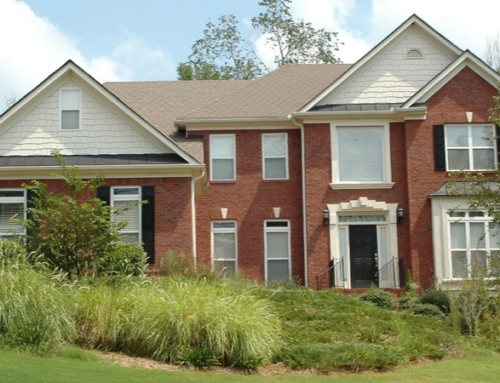Interest rates are rising but home sales are rising too — at least for the moment.
Home sales rose three-tenths of a percent in March, to a seasonally adjusted annual rate of 6.92 million units in March from a pace of 6.90 million in February, according to figures from the National Association of Realtors (NAR).
The numbers are still 0.7 percent below a 6.97 million-unit level in March 2005.
“The market is stabilizing,” says NAR senior economist David Lereah.
But don’t expect sellers to be jumping for joy. The number of homes sitting on the market (known as the housing “inventory”) rose 7 percent to 3.19 million at the end of March. That’s the biggest inventory of homes for sale since 1998.
According to the NAR, if no other homes were placed on the market for sale, it would take 5.5 months to sell out the supply of homes for sale at the current pace.
While Lereah sees a soft landing instead of a bubble bursting, he also predicts that the residential real estate market will have its third best year ever. But that could change if interest rates continue to move upward.
At press time, interest rates for a 30-year fixed rate loan from various lenders ranged from 6.3 percent with a 0.125 percent fee to 6.75 percent with zero points, according to HSH Associates (www.hsh.com), a financial publishing company. Interest rates for a 5/1 adjustable rate mortgage (ARM) ranged from 6 percent with 1 point (a point equals one percent of the loan amount) to 6.625 percent with zero points.
The Mortgage Bankers Association of America (www.mbaa.org) projects average interest rates on a 30-year fixed rate loan will rise from 6.2 percent in January to 6.7 percent by the end of 2006.
The Association expects mortgage origination volume to drop by more than 14 percent due to rising interest rates. Most of that will come from an expected 28 percent drop in refinance volume. Home purchase originations are expected to drop just 2.2 percent.
But the cumulative effect of the changing economic climate can have a serious affect on the residential real estate market. Home buyers may be forced to stretch more to be able to afford the home they want in their neighborhood of choice. And, sellers had better be prepared to negotiate if they want the deal to close.
The good news for home buyers is that the rise in interest rates is expected to level off somewhere below 7 percent for a 30-year loan. While 6.7 percent is lot higher than where interest rates were a year ago, it’s still a historically low interest rate. In 1988, mortgage interest rates were at double-digit levels.
For sellers, it appears that patience and reason continue to be rewarded. Real estate agents report that homes priced at or just below the perceived market value (and slightly lower than similar homes for sale in the neighborhood) are receiving offers.
But for sellers who still believe that pie-in-the-sky pricing is the way to go, don’t buy your new home until you have a firm offer on your existing home. You could easily be stuck paying two mortgages for as long as it takes you to become real about the local marketplace.
What can buyers do to strengthen their hand? Get pre-approved for your loan before you start looking at what&’s on the market. Knowing what you can afford to spend, and what your monthly payment will be, are important numbers to know before you start shopping for your home.
And while exotic mortgages, such as pay-option ARMs (also known as negative equity loans because they add to the principal balance of the loan) and interest-only loans are tempting ways to afford a bigger house, remember that you’ll eventually have to pay back these loans — quite possibly at interest rates that won’t be as favorable as those available today.






Leave A Comment